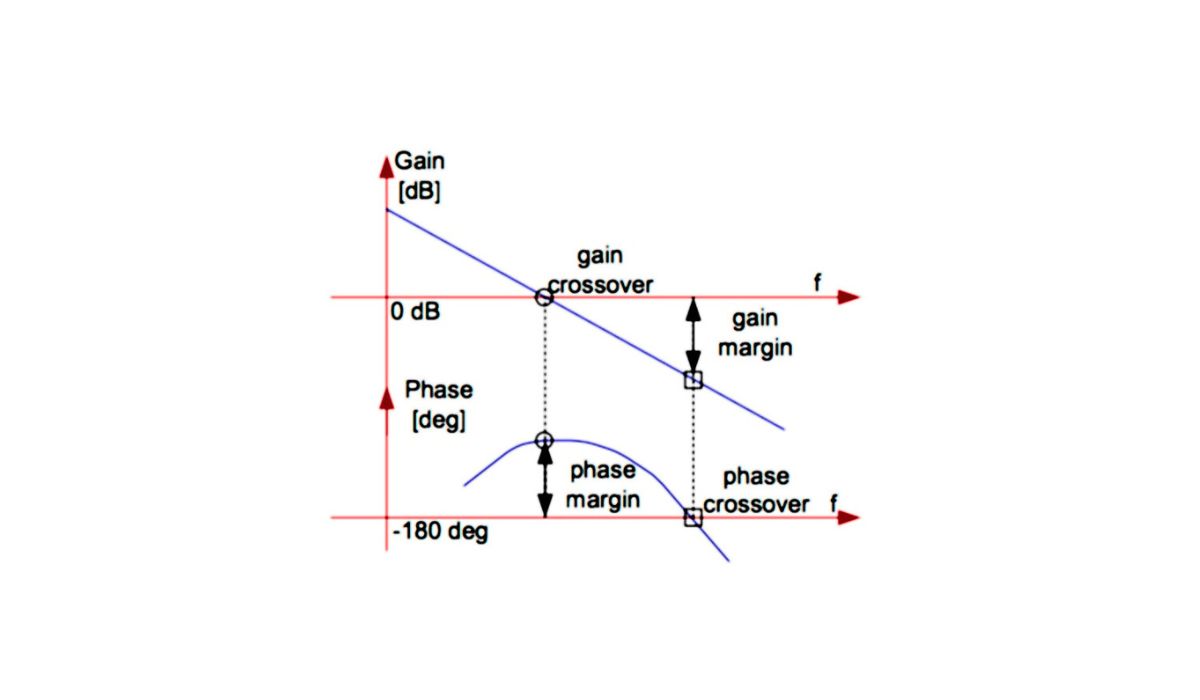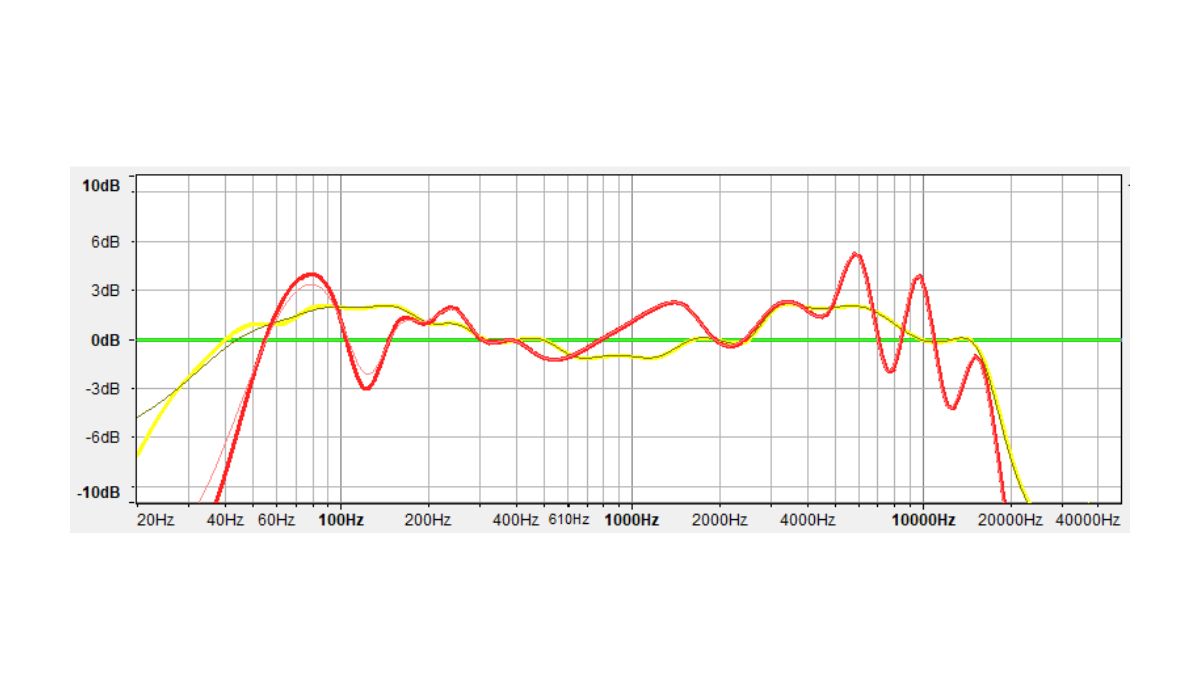Home>Events & Info>Frequency>What Frequency Is Pink Noise


Frequency
What Frequency Is Pink Noise
Published: February 18, 2024
Discover the frequency of pink noise and its uses. Learn how frequency impacts the characteristics of pink noise. Find out more here!
(Many of the links in this article redirect to a specific reviewed product. Your purchase of these products through affiliate links helps to generate commission for AudioLover.com, at no extra cost. Learn more)
Table of Contents
Introduction
Pink noise is a fascinating and often misunderstood concept in the realm of sound and frequency. While many people are familiar with white noise, pink noise remains a lesser-known but equally important aspect of audio and acoustics. In this article, we will delve into the depths of pink noise, exploring its characteristics, applications, and the methods used to generate it.
Understanding pink noise is crucial for anyone involved in audio engineering, music production, or sound design. Its unique properties make it a valuable tool in various fields, from scientific research to relaxation therapy. By unraveling the mysteries of pink noise, we can gain a deeper appreciation for its role in shaping the sonic landscape.
Throughout this article, we will uncover the science behind pink noise, its distinct characteristics, and the diverse applications that leverage its power. Additionally, we will explore the methods used to generate pink noise, providing valuable insights for those seeking to incorporate it into their work.
Join us on this sonic journey as we unravel the enigmatic world of pink noise and discover the myriad ways it influences our auditory experiences.
Understanding Pink Noise
To comprehend the essence of pink noise, we must first grasp the concept of noise in the context of sound. In the realm of acoustics, noise refers to a random signal that contains a wide range of frequencies. Unlike musical tones, which consist of specific pitches, noise encompasses a broad spectrum of frequencies with no discernible pattern.
Pink noise, also known as 1⁄f noise, is a type of signal that exhibits a consistent power density across each octave. This means that as the frequency increases, the power within each octave remains uniform. In contrast to white noise, which features equal power across all frequencies, pink noise follows a distinct power distribution pattern that results in a balanced and natural sound profile.
One of the defining characteristics of pink noise is its perceptual balance, making it pleasing to the human ear. Unlike harsh or jarring sounds, pink noise is often described as having a gentle, soothing quality. This attribute has led to its widespread use in various applications, from audio testing and calibration to relaxation and sleep aid therapies.
Furthermore, pink noise is deeply rooted in the realm of natural phenomena. It can be found in environmental sounds such as rustling leaves, steady rainfall, and ocean waves. By mirroring these natural occurrences, pink noise has the potential to evoke a sense of calm and tranquility, making it a valuable resource in creating immersive auditory experiences.
As we continue our exploration of pink noise, we will uncover its unique characteristics and the profound impact it has on our perception of sound. By unraveling the intricacies of pink noise, we can gain a deeper appreciation for its role in shaping the sonic landscape and enriching our auditory encounters.
Characteristics of Pink Noise
Pink noise exhibits several distinctive characteristics that set it apart from other types of audio signals. One of its defining features is its 1⁄f frequency distribution, which translates to a consistent power density across each octave. Unlike white noise, which contains equal power across all frequencies, pink noise maintains a balanced power distribution, resulting in a perceptually uniform sound profile.
Another notable trait of pink noise is its soothing and gentle nature. Due to its balanced power spectrum, pink noise is often perceived as more natural and pleasant to the human ear compared to other types of noise. This quality has made it a popular choice for various applications, including sound masking, relaxation therapy, and audio system calibration.
Furthermore, pink noise is deeply intertwined with the concept of fractal patterns. Its 1⁄f power distribution is reminiscent of the self-similar patterns found in nature, such as the branching of trees and the meandering flow of rivers. This inherent connection to natural phenomena contributes to the calming and immersive qualities of pink noise, making it a valuable resource in creating realistic and harmonious auditory environments.
Additionally, pink noise plays a vital role in auditory perception and cognitive function. Research has shown that exposure to pink noise can enhance cognitive performance, improve focus, and aid in relaxation. Its ability to promote a balanced and tranquil auditory environment makes it a valuable tool in various settings, from office spaces and educational facilities to healthcare and wellness environments.
By understanding the unique characteristics of pink noise, we can harness its potential to shape our auditory experiences and enhance the quality of sound in diverse applications. Its balanced power distribution, soothing qualities, and connection to natural patterns make pink noise a powerful ally in the realm of audio engineering, sound design, and holistic well-being.
Applications of Pink Noise
The versatile nature of pink noise lends itself to a wide array of applications across various industries and disciplines. Its balanced power distribution and soothing characteristics make it an invaluable tool in audio engineering, scientific research, and therapeutic settings.
In the realm of audio testing and calibration, pink noise is utilized to assess and adjust the frequency response of audio equipment. By subjecting audio systems to pink noise, engineers can identify and rectify any irregularities in the system’s frequency output, ensuring accurate and consistent sound reproduction across different devices and environments.
Moreover, pink noise plays a crucial role in sound masking applications, where it is employed to obscure unwanted background sounds and create a more acoustically neutral environment. This is particularly relevant in open office spaces, healthcare facilities, and residential areas, where the need for privacy and reduced distractions is paramount.
Another notable application of pink noise is in relaxation therapy and sleep enhancement. The gentle and soothing qualities of pink noise make it an ideal candidate for creating calming auditory environments that promote relaxation and improved sleep quality. Whether used in dedicated relaxation spaces or integrated into wellness devices, pink noise has the potential to alleviate stress and facilitate a sense of tranquility.
Furthermore, pink noise has found its place in cognitive research and productivity enhancement. Studies have shown that exposure to pink noise can enhance cognitive performance, improve focus, and boost productivity. As a result, it is increasingly being integrated into workspaces, educational settings, and healthcare environments to create conducive auditory atmospheres that support cognitive function and well-being.
By leveraging the diverse applications of pink noise, we can harness its potential to shape our auditory experiences, enhance cognitive function, and create harmonious environments that promote well-being and productivity. The multifaceted nature of pink noise positions it as a valuable asset in the realms of audio technology, wellness, and scientific exploration.
How to Generate Pink Noise
Generating pink noise involves the manipulation of audio signals to achieve a balanced power distribution across the frequency spectrum. There are several methods for creating pink noise, each with its own unique approach to achieving the desired power density characteristics.
One common method for generating pink noise is through the use of digital signal processing algorithms. These algorithms apply specific filters to a white noise signal, shaping its frequency response to match the 1⁄f power distribution characteristic of pink noise. By adjusting the filter parameters, the white noise signal can be transformed into pink noise, ensuring a balanced power spectrum across the audible frequency range.
Another approach to generating pink noise involves utilizing analog electronic circuits. By employing specialized noise generators and frequency shaping circuits, analog methods can produce pink noise with a balanced power distribution. These circuits manipulate the amplitude of the signal across different frequency bands, resulting in a consistent power density characteristic that defines pink noise.
Furthermore, advancements in digital audio technology have led to the development of software-based pink noise generators. These applications and tools allow users to create custom pink noise signals with adjustable parameters, offering flexibility and control over the generated audio. By leveraging these software solutions, audio professionals and enthusiasts can easily incorporate pink noise into their projects and environments.
Additionally, pink noise can be generated using hardware-based solutions, such as dedicated noise generators and audio equipment designed specifically for producing pink noise signals. These devices offer a straightforward and reliable means of generating pink noise, making them suitable for a wide range of applications, from audio testing and calibration to therapeutic and relaxation environments.
By understanding the various methods for generating pink noise, audio professionals and enthusiasts can tailor their approach to suit specific requirements and preferences. Whether through digital signal processing, analog circuitry, software applications, or dedicated hardware, the ability to generate pink noise empowers individuals to shape their auditory environments and harness the unique qualities of this balanced and soothing audio signal.
Conclusion
Throughout this exploration of pink noise, we have unveiled the captivating intricacies of this balanced and soothing audio signal. From its 1⁄f power distribution characteristic to its diverse applications across audio engineering, wellness, and cognitive research, pink noise stands as a powerful force in shaping our auditory experiences and environments.
By understanding the unique properties of pink noise, we gain insight into its potential to create harmonious and immersive auditory environments. Its perceptual balance and connection to natural patterns make it a valuable resource in audio testing and calibration, sound masking, relaxation therapy, and cognitive enhancement.
Furthermore, the methods for generating pink noise, whether through digital signal processing, analog circuitry, software applications, or dedicated hardware, offer a range of options for incorporating this versatile audio signal into various projects and settings.
As we continue to explore the frontiers of audio technology, wellness, and cognitive research, pink noise remains a steadfast ally in our pursuit of balanced and tranquil auditory experiences. Its ability to evoke a sense of calm and promote cognitive well-being positions it as a valuable asset in our modern sonic landscape.
In conclusion, the enigmatic allure of pink noise invites us to embrace its soothing qualities and harness its potential to shape our auditory encounters. Whether in the realm of audio engineering, wellness, or scientific exploration, pink noise serves as a testament to the profound impact of balanced and natural audio signals on our perception and well-being.











